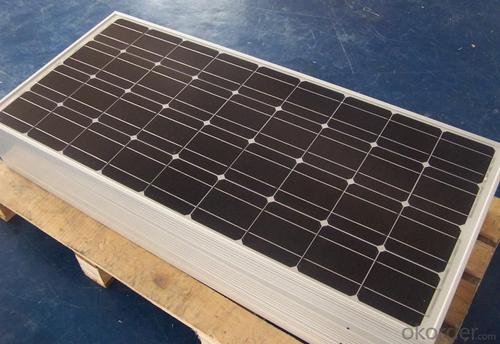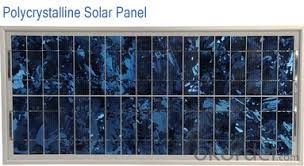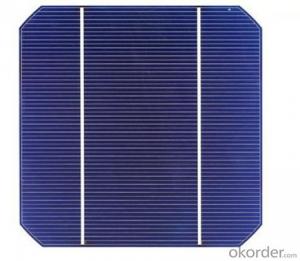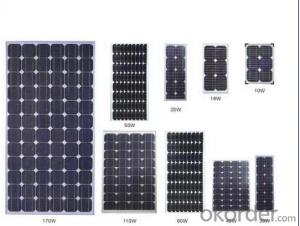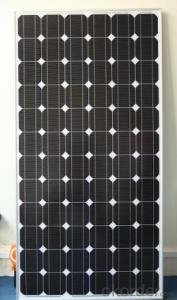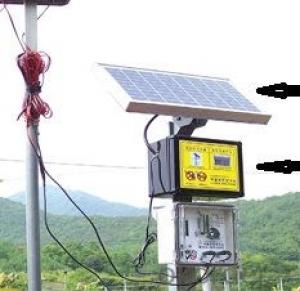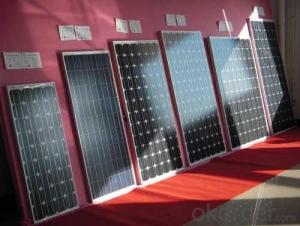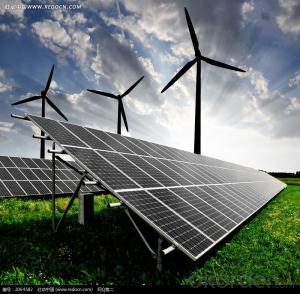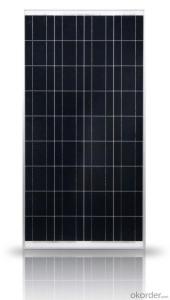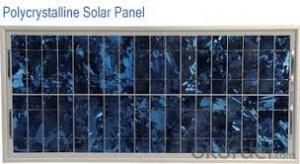Copper Indium Gallium Selenide Solar Cells - OEM Poly Solar Panel with 25 Years Warranty Hot Sale CNBM
- Loading Port:
- Qingdao
- Payment Terms:
- TT OR LC
- Min Order Qty:
- 10 set
- Supply Capability:
- 300000 set/month
OKorder Service Pledge
OKorder Financial Service
You Might Also Like
Polycrystalline Solar Modules
CNBM offers a range of small, medium and large polycrystalline solar modules, designed for a range of requirements.
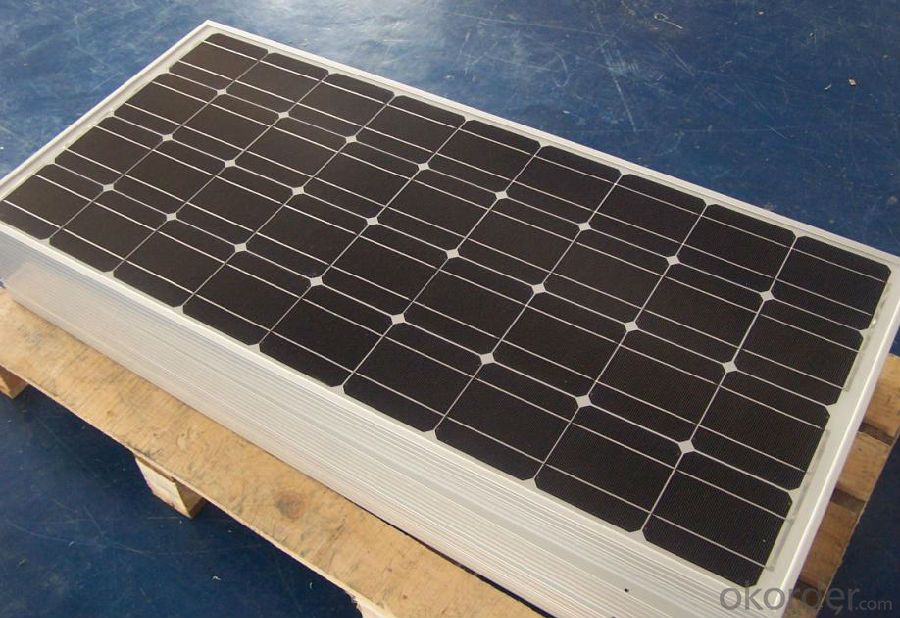
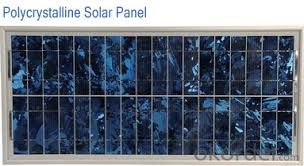
Specifications:
Tolerance | +/-3% |
Cell | Polycrystalline silicon solar cells (156 x 156mm) |
N0. of Cells | 60 (10 x 6) |
Dimension of Modules (mm) | 1650 x 990 x 40 |
Weight (kg) | 25.5 |
Limits:
Operating Temperature | -40~+85? |
Storage Temperature | -40~+85? |
Maximum System Voltage | 1000 VDC max. |
Hail Impact | Diameter of 28mm with impact speed |
Temperature and Coefficients:
NOCT | 48C+/-2? |
Voltage temperature coefficient (%/K) | -0.35 |
Current temperature coefficient (%/K) | 0.05 |
Power temperature coefficient (%/K) | -0.45 |
Characteristics:
Model: | SGM-200P | SGM-210P | SGM-220P |
Max-power voltage Vmp (V) | 29.2 | 29.4 | 29.41 |
Max-power current Imp (A) | 6.85 | 7.14 | 7.48 |
Open-circuit voltage Voc (V) | 36.5 | 36.69 | 36.9 |
Short-Circuit Current Isc (A) | 7.28 | 7.6 | 7.93 |
Max-power Pm(W) | 200 | 210 | 220 |
Model: | SGM-230P |
Max-power voltage Vmp (V) | 29.8 |
Max-power current Imp (A) | 7.72 |
Open-circuit voltage Voc (V) | 37.31 |
Short-Circuit Current Isc (A) | 8.19 |
Max-power Pm(W) | 230 |
STC: Irradiance 1000W/m2, module temperature 25?, AM-=1.5
Poly Crystalline Solar Panels Specifications Range
Maximum Power (Pm) | Dimension | Weight | Operating Voltage (Vmp) | Operating Current (Imp) | Open Circuit Voltage (Voc) | Short Circuit Current (Isc) |
0.45W | 140x80x10mm | 0.08kg | 3.3V | 150mA | 4.6V | 160mA |
1.0W | 162x140x10mm | 0.16kg | 7.5V | 150mA | 10.3V | 160mA |
4.5W | 269x251x23mm | 0.8kg | 16.5V | 0.27A | 20.5V | 0.3A |
10W | 420.1×268.9×22.6mm | 1.92kg | 17.5V | 0.58A | 20.5V | 0.6A |
20W | 425x502x50mm | 3.0kg | 16.8V | 1.19A | 21.0V | 1.29A |
30W | 593x502x22.6mm | 3.9kg | 16.8V | 1.78A | 21.0V | 1.94A |
40W | 655x537x50mm | 5.75kg | 17.3V | 2.31A | 22.1V | 2.54A |
50W | 839x537x50mm | 6.0kg | 17.5V | 2.9A | 21.8V | 3.17A |
65W | 1111x502x50mm | 7.2kg | 17.6V | 3.69A | 22.1V | 3.99A |
80W | 1204x537x50mm | 7.7kg | 17.6V | 4.55A | 22.1V | 4.8A |
- Q: Can solar cells be used in developing countries?
- Yes, solar cells can be used in developing countries. In fact, solar energy is an ideal solution for providing electricity in remote areas without access to a reliable power grid. Solar cells are cost-effective, require minimal maintenance, and can be easily installed in various locations. Moreover, using solar energy can help reduce reliance on fossil fuels, improve energy accessibility, and contribute to sustainable development in developing countries.
- Q: How does the efficiency of solar cells vary with different materials?
- The efficiency of solar cells varies with different materials due to their varying properties and characteristics. Some materials, like silicon, have high efficiency as they have a suitable bandgap for absorbing sunlight and converting it into electricity. Other materials, such as thin-film materials like cadmium telluride or perovskites, may have lower efficiency but offer advantages like flexibility or lower production costs. Overall, the efficiency of solar cells is highly dependent on the specific material used and its ability to convert sunlight into electrical energy effectively.
- Q: Can solar cells be used in areas with high pollution?
- Yes, solar cells can be used in areas with high pollution. While pollution can reduce the efficiency of solar cells, they can still generate electricity in such areas. However, regular cleaning and maintenance may be required to ensure optimal performance.
- Q: How long does it take to install solar cells on a rooftop?
- The time required to install solar cells on a rooftop can vary depending on various factors such as the size of the system, complexity of the installation, and the expertise of the installation team. On average, a residential rooftop solar installation can take anywhere from a few days to a couple of weeks. However, larger commercial installations may require more time. It's best to consult with a professional solar installer for a more accurate estimate based on your specific project.
- Q: How do solar cells perform in regions with high levels of humidity and rainfall?
- Solar cells generally perform well in regions with high levels of humidity and rainfall. While moisture in the air can reduce the efficiency of solar cells to some extent, modern solar panels are designed to withstand these conditions. Additionally, rain can actually help clean the panels, removing dust and dirt that may accumulate over time. Overall, solar cells can still generate a significant amount of electricity in regions with high humidity and rainfall.
- Q: How do solar cells perform in areas with high levels of noise pollution?
- Solar cells are not significantly affected by noise pollution as they primarily convert sunlight into electricity. Noise pollution does not have a direct impact on their performance.
- Q: How do solar cells perform in areas with limited sunlight?
- Solar cells perform less efficiently in areas with limited sunlight compared to areas with abundant sunlight. This is because solar cells rely on sunlight to generate electricity, and limited sunlight means less energy available for conversion. However, solar cells can still produce electricity in areas with limited sunlight, although at a lower rate, making it important to consider alternative energy sources or optimize the solar cell system's design for maximum efficiency in such areas.
- Q: Can solar cells be used to power refrigeration systems?
- Yes, solar cells can be used to power refrigeration systems. Solar cells convert sunlight into electricity, which can be used to power various appliances including refrigeration systems. This allows for a sustainable and environmentally friendly way to operate refrigeration systems without relying on traditional electricity sources.
- Q: How do solar cells impact global warming?
- Solar cells have a positive impact on global warming as they generate electricity using sunlight, a renewable energy source, without emitting greenhouse gases. By reducing the reliance on fossil fuels, solar cells help mitigate climate change and decrease carbon emissions, thus slowing down the progression of global warming.
- Q: What is the right way to operate a solar cell?
- The tutorial initializes an arbitrarily set "medium" photon intensity level, with photons randomly impacting the surface of the solar cell to generate free electrons.
Send your message to us
Copper Indium Gallium Selenide Solar Cells - OEM Poly Solar Panel with 25 Years Warranty Hot Sale CNBM
- Loading Port:
- Qingdao
- Payment Terms:
- TT OR LC
- Min Order Qty:
- 10 set
- Supply Capability:
- 300000 set/month
OKorder Service Pledge
OKorder Financial Service
Similar products
Hot products
Hot Searches
Related keywords


